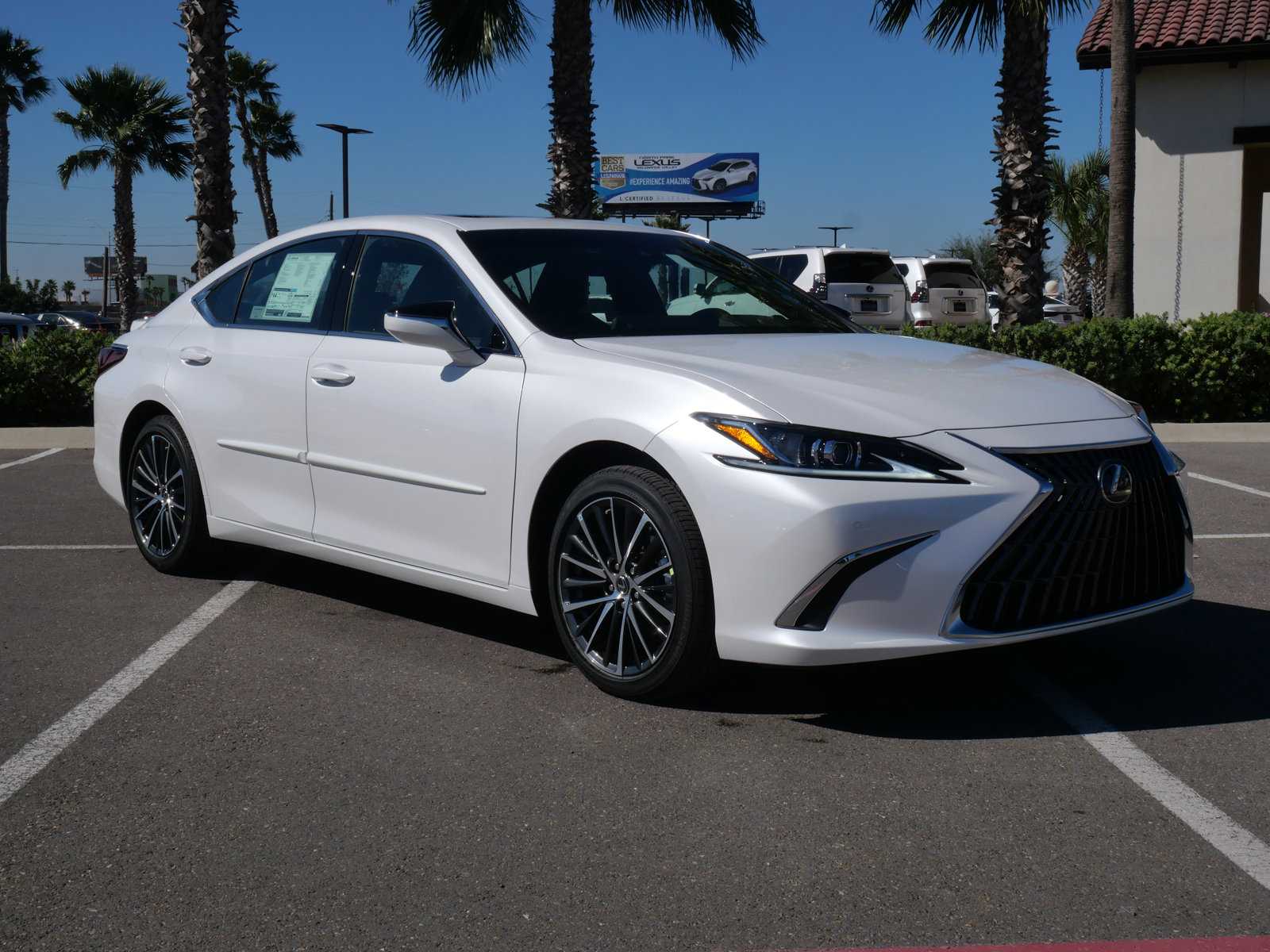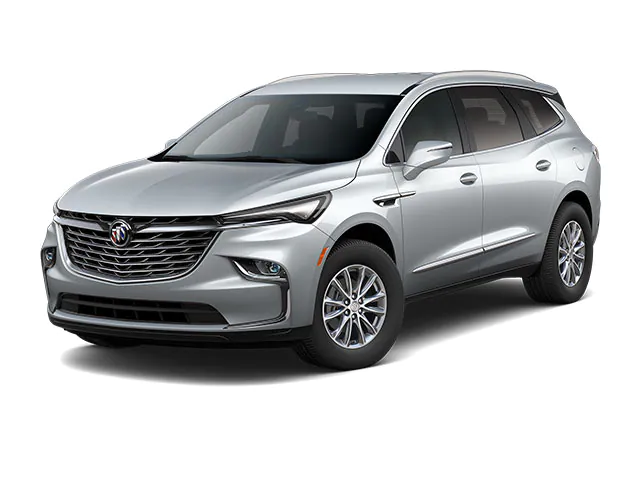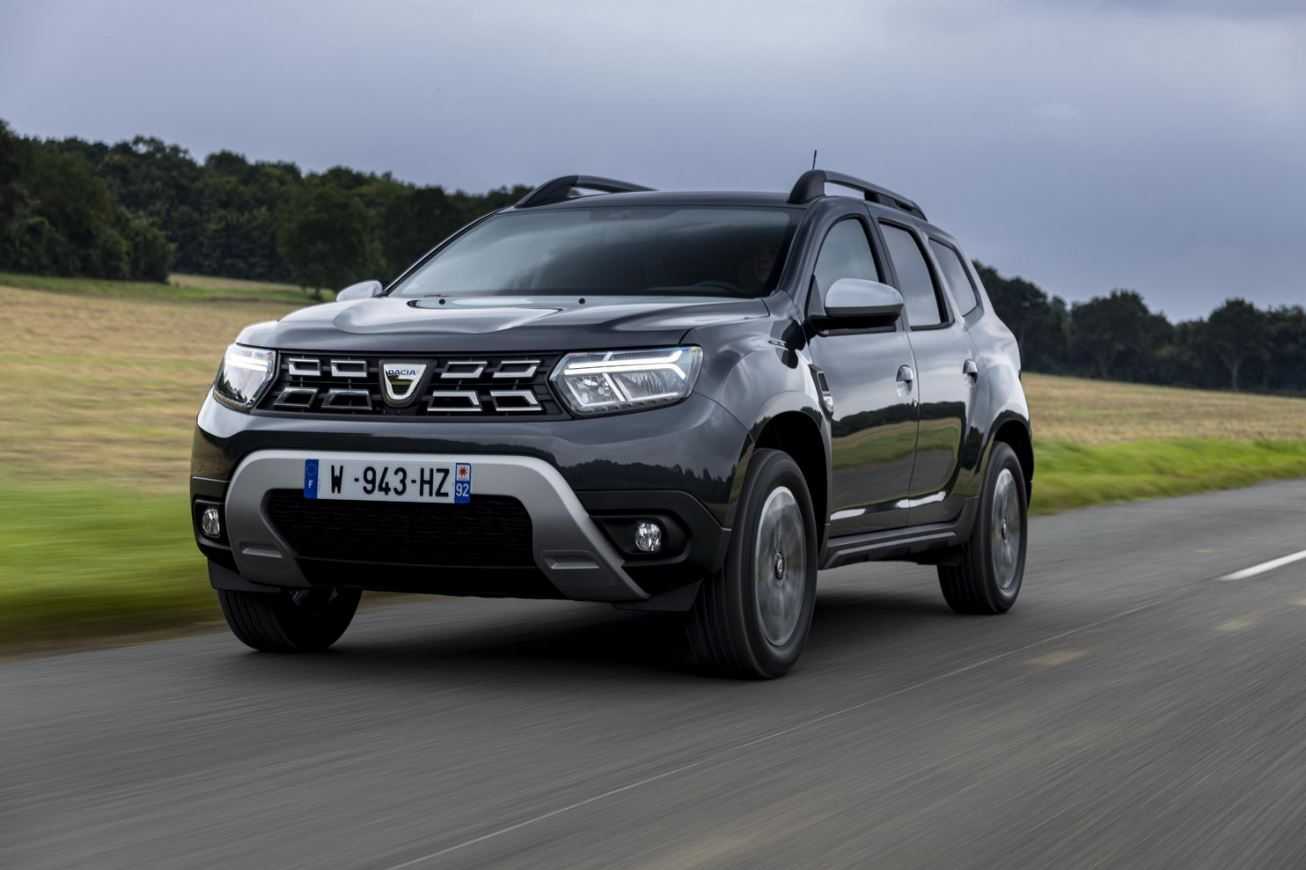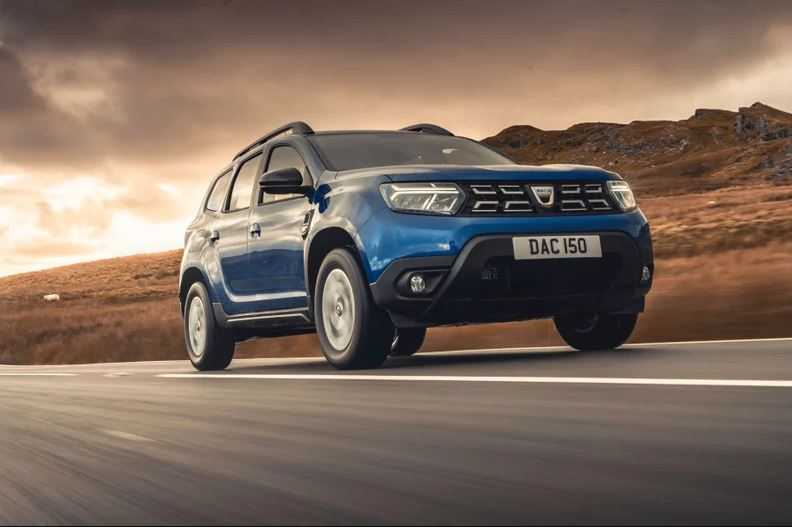Lexus ES350 2023 Safe Usage and Driving User Manual Introduction Welcome to the Lexus ES350 2023 world! Your safety and the safety of other drivers are of the utmost importance as the owner of this exceptional automobile. We’ll provide you all the information you need to know in this manual to make sure your Lexus […]









